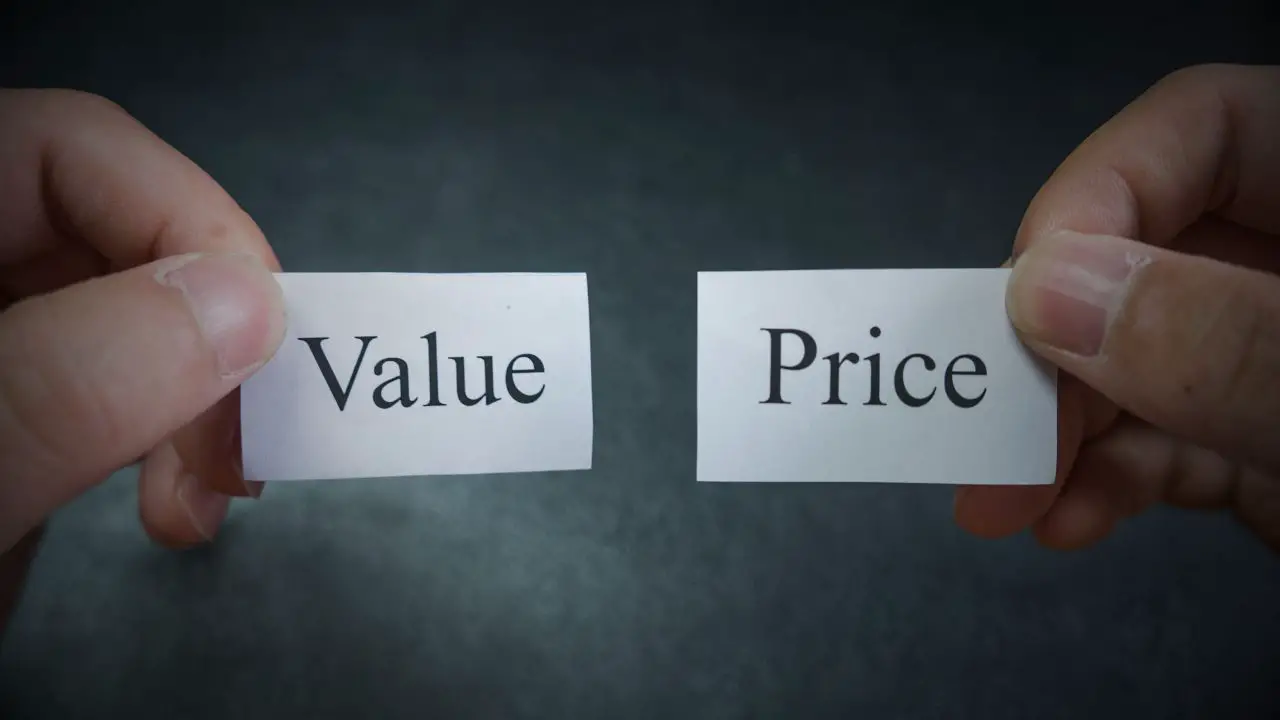Naked options are a type of options trading strategy where the investor sells options without owning any of the underlying assets. The term ‘naked’ implies the absence of coverage if the market moves against the option holder. Essentially, you’re exposed to potential losses without a safety net.
Naked Calls
When an investor sells a naked call, they’re selling a call option without owning the underlying asset. The call option gives the buyer the right, but not the obligation, to buy the underlying asset at a predetermined price, known as the strike price, before the option’s expiration date.
How Naked Calls Work
The process begins when the trader, hoping that the price of the underlying asset won’t rise above the strike price, sells the call option. If the asset’s price stays below the strike price until expiration, the option will expire worthless, and the trader keeps the premium received from selling the call option. This premium represents the maximum potential profit for the naked call writer.
However, if the asset’s price rises above the strike price before the option’s expiration, the option buyer may decide to exercise their right to buy the asset. In this scenario, the seller of the naked call would have to purchase the asset at the current market price, which is higher than the strike price, and sell it to the option buyer at the lower strike price. This scenario leads to a loss for the trader, and because there’s no upper limit on how high the asset’s price can go, the potential loss can be substantial.
Risk and Rewards of Naked Calls
Naked calls are considered a high-risk strategy because of the potentially unlimited loss if the asset’s price increases significantly. The most a trader can earn is the premium received from selling the call option. However, if the price of the underlying asset rises sharply, the trader could incur substantial losses.
Even though the risk is high, many traders are attracted to naked calls because of the potential for immediate income from the premiums received, particularly if they believe that the price of the asset is unlikely to rise above the strike price before the option’s expiration date.
Real Life Example
Let’s consider a practical example. Suppose you decide to sell a naked call against PayPal stock. The stock is currently trading at $75, and the strike price of the call option is $80. You receive a premium of $5 for each option sold.
If the price of the stock stays below $80 until the option’s expiration, the option will expire worthless. You get to keep the $5 premium per option as profit.
However, suppose the stock’s price rises to $90 by the expiration date. The option buyer can exercise their right to buy the stock at $80. As the seller, you’ll then be forced to buy the stock at the current market price of $90 and sell it to the option buyer for $80, incurring a loss of $10 per share (or $5 when accounting for the premium received).

Naked Puts
The other type of naked option is the naked put. In a naked put, the investor sells a put option without having a short position in the underlying asset or without setting aside the full cash amount in their account that would be needed to purchase the underlying asset if the put option is exercised. This strategy is also referred to as an uncovered put.
How Naked Puts Work
An investor sells a put option, anticipating that the price of the underlying asset won’t fall below the strike price before the option’s expiration date. If this scenario pans out, the put option will expire worthless, and the investor retains the premium received from selling the put option, which is the maximum profit they can make from this strategy.
However, if the price of the underlying asset does fall below the strike price before the option’s expiration, the put option buyer may exercise their right to sell the asset. The seller of the naked put then has to buy the asset at the strike price, which is higher than the current market price. This can lead to a loss for the trader, and the potential loss can be quite substantial, especially if the price of the underlying asset falls significantly.
Risk and Rewards of Naked Puts
While the premium received from selling the put option offers some initial income, naked puts are risky. There’s a significant potential loss if the price of the underlying asset falls dramatically. On the flip side, the maximum potential profit is limited to the premium received.
Despite these risks, some investors are attracted to naked puts due to the immediate income from the premiums, particularly if they are confident that the price of the asset will not fall below the strike price before the option’s expiration date.
Practical Example of a Naked Put
For example, let’s assume you sold a naked put against PayPal stock which is currently trading for $75. The strike price of the put option is $70, and you receive a premium of $3 for each option sold.
If the stock price remains above $70 through the expiration date, the put option will expire worthless. You keep the $5 premium per option, which represents the total profit.
But if the stock’s price falls to $60 before the option’s expiration, the option buyer can exercise their right to sell the stock at $70. As the seller, you’ll then be forced to buy the stock at the strike price of $70, even though it’s now only worth $60 on the open market. This leads to a loss of $10 per share (or $5 per share accounting for the premium). If the stock price were to fall even further, the loss would be even greater.

Margin Requirements for Naked Options
When dealing with naked options, understanding margin requirements is crucial. Margin requirements serve as a form of collateral or a security deposit, set aside in your trading account to cover potential losses from trading activities. These requirements are particularly important for naked options due to the high level of risk involved.
Margin Req for Calls & Puts
The margin requirement for naked calls and puts varies based on the broker, the underlying asset, and its volatility, among other factors. For a naked call, the margin requirement is typically the premium received from selling the call plus a percentage of the underlying asset’s price. The percentage is often around 20%, but it can be higher for more volatile assets.
For a naked put, the margin requirement is usually the premium received from selling the put plus a percentage of the strike price. This percentage is typically around 20% as well, but again, it can be higher for assets with more price volatility.
Why Margin Requirements Are Important
Margin requirements are critical because they serve as a form of risk management, helping to ensure that you have sufficient funds in your account to cover potential losses. If the market moves against your position, your broker can make a margin call, requiring you to deposit more funds into your account to meet the margin requirement.
Failing to meet a margin call can result in your broker closing your positions to cover the losses, which could lead to substantial financial loss. Hence, understanding and maintaining the necessary margin requirements is crucial when trading naked options.
Tips for Managing Margin Requirements
Here are some practical tips to effectively manage margin requirements:
- Always Maintain Sufficient Funds: Keep a buffer of funds in your account over and above the minimum margin requirement. This can help you avoid margin calls if the market moves against your position.
- Monitor Your Positions Regularly: Keep an eye on your open positions and how market movements affect your margin requirements. Adjust your positions if necessary to maintain the required margin.
- Understand Your Broker’s Margin Call Policy: Make sure you’re aware of your broker’s policy regarding margin calls, including how much time you have to meet a margin call and what happens if you fail to do so.
Common Pitfalls
Trading naked options is indeed a high-risk, high-reward strategy that requires a deep understanding of the market, robust risk management, and continuous vigilance. Here are some common pitfalls or “weird things” you might encounter:
- Early Assignment Risk: When selling naked options, there’s a risk of early assignment, especially if the option is in-the-money. If you’re assigned early, you’ll have to buy or sell the underlying security at the strike price, which can lead to significant losses if you’re not prepared.
- Regulatory Changes: Regulatory changes can sometimes catch traders off guard. For example, changes in margin requirements or options trading rules can suddenly affect your portfolio and ability to maintain your positions.
- Liquidity Risks: Sometimes, you might find it difficult to close your option position due to a lack of liquidity, especially if you’re dealing with less popular stocks or strike prices. In such cases, you might be forced to take a less favorable price to exit your position.
- Increased Volatility: Market volatility can greatly affect the price of an option. An unexpected surge in volatility can increase the value of options, which could result in a loss if you’re on the wrong side of the trade.
FAQs
Naked options are options sold without any underlying assets, which essentially means the seller does not own the asset when selling the option. This is a high-risk strategy that can lead to unlimited potential losses.
The risk with naked options is theoretically limitless, as losses can accumulate as long as the asset’s price keeps moving against the option’s position.
The potential reward from naked options is the premium received when selling the option. This amount is the maximum profit that the seller can achieve.
Yes, trading naked options typically requires a margin account due to the high level of risk involved. The margin acts as collateral that the trader must maintain in their account to cover potential losses.



